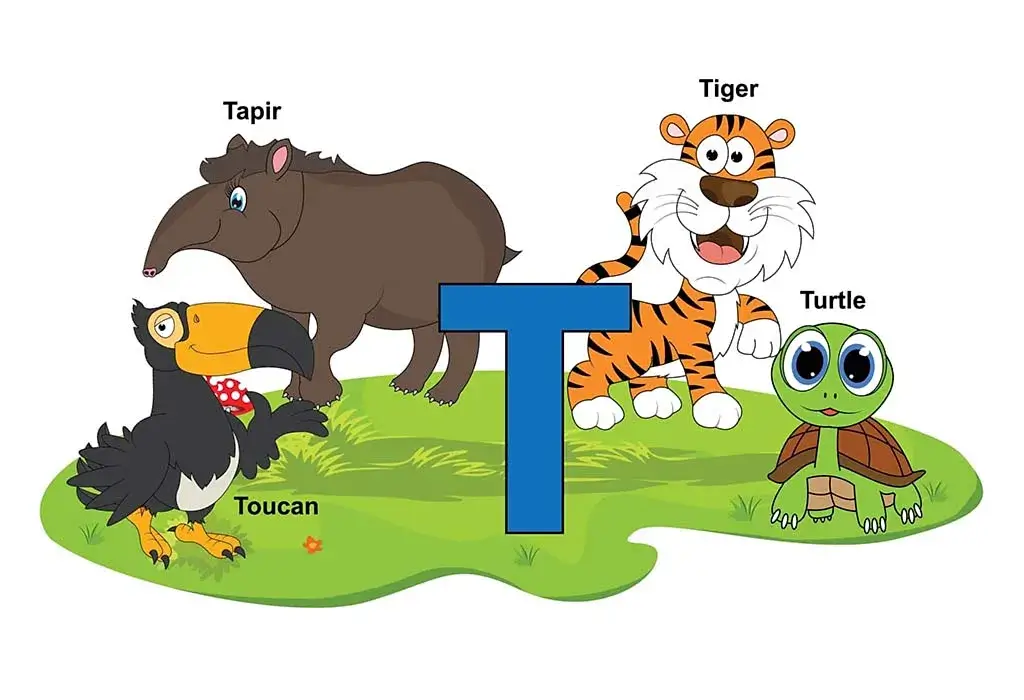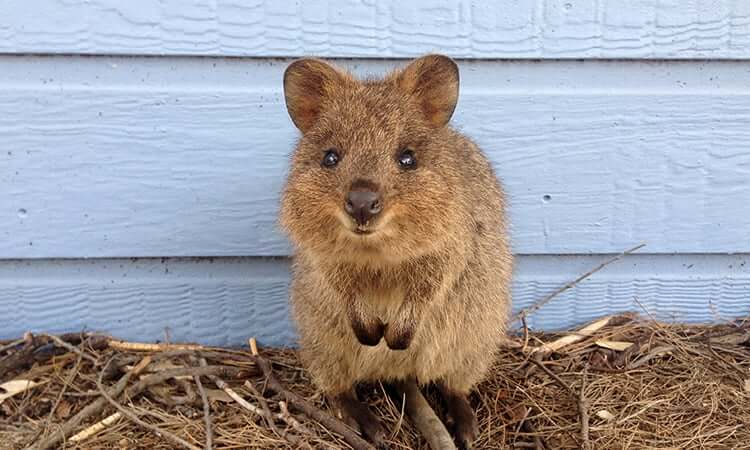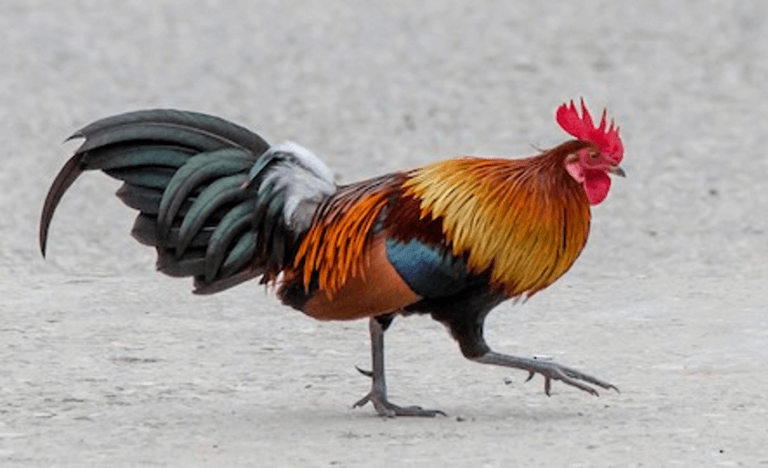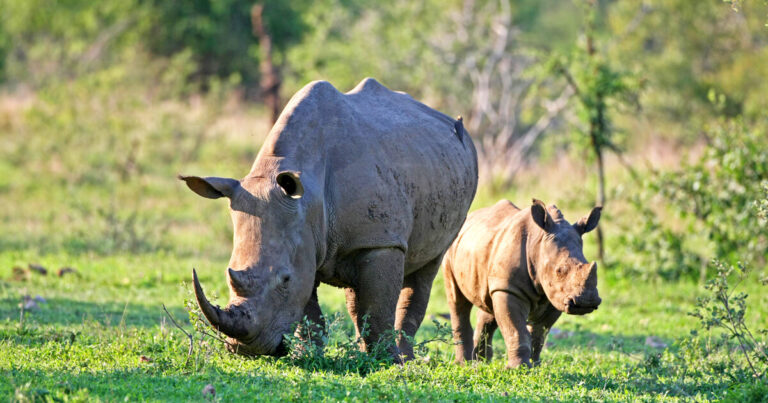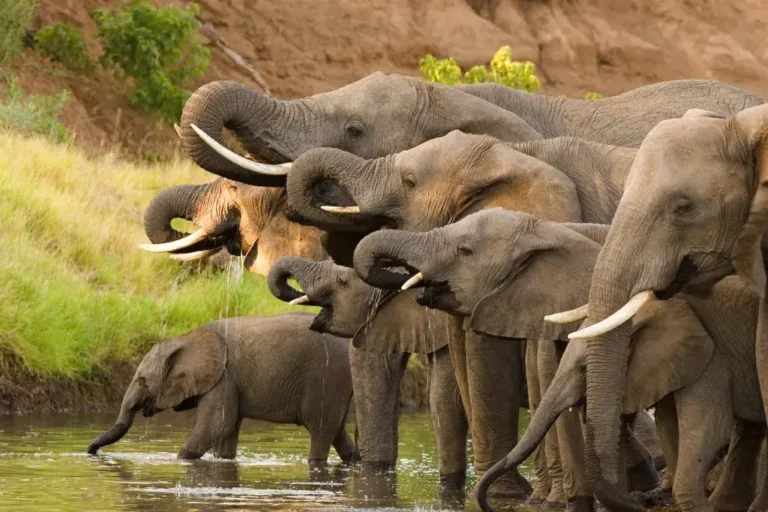Top Animals that Start with T: A Comprehensive Guide
The world of animals is vast and diverse, filled with incredible species that range from the tiniest insects to the largest mammals. Animals that start with the letter “T” are no exception, showcasing various unique traits, habitats, and behaviors. Whether you are a wildlife enthusiast, a parent teaching your child about animals, or a curious learner, exploring these animals can be educational and exciting.
In this article, we will delve into the fascinating world of animals, starting with the letter “T,” providing a detailed look at the top 10 famous animals, their attributes, and interesting facts that set them apart.
Contents
Alphabetical List of Animals That Start with T | animals beginning with t

| Taco Terrier | Texas Blind Salamander | Titan Beetle |
| Tahr | Texas Blind Snake | Titanoboa |
| Taimen Fish | Texas Brown Tarantula | Titanosaur |
| Tailless Tenrec | Texas Coral Snake | Toa |
| Tailless Whip Scorpion | Texas Garter Snake | Toadfish |
| Takin | Texas Heeler | Tokay Gecko |
| Tamarin | Texas Indigo Snake | Tomato Hornworm |
| Tamaskan | Texas Night Snake | Torkie |
| Tang | Texas Rat Snake | Tornjak |
| Tangerine Leopard Gecko | Texas Spiny Lizard | Tortoise |
| Tapir | Texas Toad | Tosa |
| Tapanuli Orangutan | Thai Ridgeback | Toucan |
| Tarantula | Thalassomedon | Towhee |
| Tarantula Hawk | Thanatosdrakon | Toy Fox Terrier |
| Tarbosaurus | Thornback Ray | Toy Poodle |
| Tarpon | Thorny Devil | Tricolored Bat |
| Taruca | Thresher Shark | Tricolored Blackbird |
| Tarsier | Thrush | Triggerfish |
| Tasmanian Devil | Thylacoleo | Trilobite |
| Tasmanian Tiger | Thylacoleo Carnifex | Troodon |
| Tasmanian Tiger Snake | Thylacosmilus | Tropical House Gecko |
| Tawny Frogmouth | Tibetan Fox | Tropical Kingbird |
| Tawny Mining Bee | Tibetan Macaque | Tropicbird |
| Tawny Owl | Tibetan Mastiff | Trout |
| Teacup Chihuahua | Tibetan Spaniel | Tsetse Fly |
| Teacup Maltese | Tibetan Terrier | Tuatara |
| Teacup Miniature Horse | Tick | Tuatua |
| Teacup Poodle | Tiffany | Tufted Coquette |
| Teddy Bear Hamster | Tiger | Tufted Titmouse |
| Teddy Guinea Pig | Tiger Beetle | Tully Monster |
| Teddy Roosevelt Terrier | Tiger Keelback | Tuna |
| Telescope Fish | Tiger Moth | Tundra Swan |
| Ten-Lined June Beetle | Tiger Muskellunge | Turaco |
| Tennessee Walking Horse | Tiger Rattlesnake | Turkey |
| Tennessee Warbler | Tiger Salamander | Turkey Vulture |
| Tenrec | Tiger Shark | Turkmenian Kulan |
| Tent Caterpillar | Tiger Snake | Turkish Angora |
| Tentacled Snake | Tiger Swallowtail | Turnspit |
| Tenterfield Terrier | Tiger Swallowtail Caterpillar | Turtle |
| Termite | Tiger Trout | Turtle Frog |
| Tern | Tiktaalik | Tusoteuthis |
| Terrier | Timber Rattlesnake | Tussock Moth |
| Terror Bird | Timor Python | Tussock Moth Caterpillar |
| Tetra | Tire Track Eel | Twig Snake |
| Tylo |
Importance of Understanding Animal Diversity
Understanding the diversity of animal species is crucial for appreciating the delicate balance of our ecosystems. Each animal, from the towering Tiger to the tiny Termite, plays a vital role in maintaining the health of our environment. We learn about these animals’ behaviors, diets, and habitats and develop a deeper appreciation for the natural world.
Below, we explore the top 10 famous animals that start with the letter “T.” Each entry provides a detailed overview, covering their physical characteristics, habitats, behaviors, and unique traits. Let’s take a closer look at these incredible creatures.
More animals that start with: A | B | C | D | E | F | G | H | I | J | K | L | M | N | O | P | Q | R | S | T | U | V | W | X | Y | Z
Top 10 Famous Animals That Start With T | animal start with t
1. Tiger

The Tiger is one of the world’s most iconic and revered animals. Known for their majestic appearance and powerful presence, tigers are the largest members of the cat family. They are native to Asia, with subspecies such as the Bengal, Siberian, and Sumatran tiger found in various regions. Tigers are solitary hunters, relying on their keen senses and muscular build to ambush prey. Unfortunately, tigers are also one of the most endangered species, with habitat loss and poaching posing significant threats to their survival.
- Scientific Name: Panthera tigris
- Habitat: Dense forests, mangrove swamps, grasslands
- Diet: Carnivorous (deer, wild boar, and other large mammals)
- Conservation Status: Endangered
Related: Tiger Names
2. Tarantula

Tarantulas are large, hairy spiders worldwide in tropical, subtropical, and arid regions. Despite their fearsome reputation, tarantulas are generally non-aggressive and are known for their docile nature. These nocturnal hunters use their strong jaws to capture prey, such as insects and small vertebrates. Tarantulas are crucial in controlling insect populations, making them essential to their ecosystem.
- Scientific Name: Theraphosidae (Family)
- Habitat: Forests, grasslands, deserts
- Diet: Insects, small mammals, amphibians
- Unique Traits: Defensive hairs that irritate when threatened
Related: Spider Names
3. Toucan

The vibrant Toucan is a tropical bird known for its large, colorful beak and striking plumage. Native to the rainforests of Central and South America, toucans are social birds often seen in pairs or small flocks. Their large bills help them reach and eat fruit from otherwise inaccessible branches. Apart from fruit, their diet also includes insects and small reptiles, contributing to seed dispersal and the balance of the rainforest ecosystem.
- Scientific Name: Ramphastos (Genus)
- Habitat: Tropical rainforests
- Diet: Fruits, insects, small lizards
- Unique Traits: Brightly colored beak and feathers
Related: Parrot Names
4. Tasmanian Devil

The Tasmanian Devil is a carnivorous marsupial native to Tasmania, Australia. Known for its fierce temperament and powerful bite, this nocturnal animal is the world’s largest surviving carnivorous marsupial. The Tasmanian devil is a scavenger, feeding primarily on carrion. It plays a critical role in the ecosystem by helping to keep it clean from dead animals. Unfortunately, the species is currently endangered due to a contagious cancer known as Devil Facial Tumor Disease (DFTD).
- Scientific Name: Sarcophilus harrisii
- Habitat: Forests, woodlands, coastal scrublands
- Diet: Carnivorous (carrion, small mammals, birds)
- Conservation Status: Endangered
5. Tapir

Tapirs are large, herbivorous mammals with distinctive, flexible snouts. In Central and South America and Southeast Asia, tapirs are known for browsing habits and feeding on leaves, twigs, and fruit. They are excellent swimmers and often reside near water bodies. Tapirs play a significant role in their habitats by dispersing seeds through their feces, contributing to forest regeneration.
- Scientific Name: Tapirus (Genus)
- Habitat: Rainforests, grasslands, swamps
- Diet: Herbivorous (leaves, fruits, berries)
- Unique Traits: Prehensile snout for grasping food
Related: Pig Names
6. Tortoise

Tortoises are land-dwelling reptiles known for their hard, protective shells and slow movements. They can live for over 100 years, making them one of the longest-living animals on the planet. Tortoises are herbivores, primarily feeding on grasses, leaves, and fruits. Their slow metabolism and ability to survive on minimal resources make them well-adapted to arid environments.
- Scientific Name: Testudinidae (Family)
- Habitat: Deserts, grasslands, forests
- Diet: Herbivorous (grasses, leaves, fruits)
- Unique Traits: Long lifespan, protective shell
Related: How Long Can Turtles Live?
7. Thorny Devil

The Thorny Devil is a small lizard native to Australia, known for its spiky appearance and unique way of collecting water through its skin. This reptile uses its spikes for camouflage and defense against predators. It primarily feeds on ants, consuming thousands in a single meal. The thorny devil’s slow movement and unusual gait make it a fascinating creature in its natural habitat.
- Scientific Name: Moloch horridus
- Habitat: Deserts, shrublands
- Diet: Insectivorous (ants)
- Unique Traits: Water collection through skin grooves
8. Tuna

Tuna are fast-swimming, migratory fish found in oceans worldwide. They are a significant source of food for humans and marine predators. Tuna are known for their streamlined bodies and ability to swim at high speeds. Overfishing has led to declining populations, making sustainable fishing practices crucial for their conservation.
- Scientific Name: Thunnus (Genus)
- Habitat: Open oceans
- Diet: Carnivorous (smaller fish, squid, crustaceans)
- Conservation Status: Varies by species (e.g., Bluefin Tuna is endangered)
Related: Fish Names
9. Tamarin
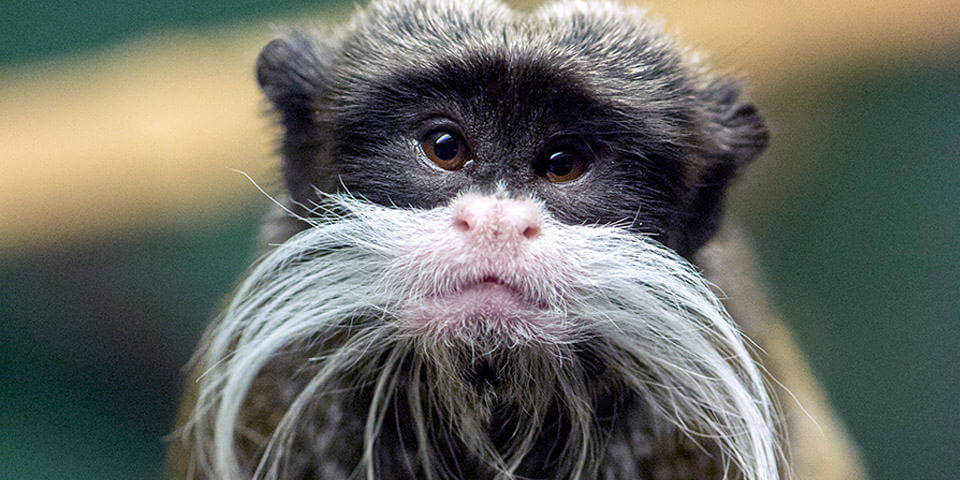
Tamarins are small, tree-dwelling monkeys found in Central and South America. Known for their playful nature and distinctive mustache-like facial hair, tamarins are highly social group animals. They primarily feed on fruits, insects, and small vertebrates, playing a role in seed dispersal and pest control within their ecosystem.
- Scientific Name: Saguinus (Genus)
- Habitat: Tropical rainforests
- Diet: Omnivorous (fruits, insects, small vertebrates)
- Unique Traits: Social behavior, distinctive facial hair
10. Turkey

The Turkey is a large bird native to North America, widely known for its significance in Thanksgiving celebrations. Wild turkeys are highly adaptable and are found in various habitats, from forests to grasslands. They are omnivorous, feeding on acorns, seeds, insects, and small reptiles. Turkeys are social birds, often found in flocks and are known for their elaborate courtship displays.
- Scientific Name: Meleagris gallopavo
- Habitat: Forests, grasslands, wetlands
- Diet: Omnivorous (acorns, seeds, insects, small reptiles)
- Unique Traits: Distinctive fan-shaped tail and “gobble” call
Conclusion
Animals that start with the letter T are a testament to the incredible diversity of life on Earth. From the majestic Tiger to the resilient Thorny Devil, each species has its unique role and contribution to its ecosystem. Understanding these animals and their behaviors enhances our knowledge and fosters a deeper connection with the natural world. Protecting these species and their habitats is essential for maintaining the balance and health of our planet’s ecosystems.
- Golden Retriever Pros and Cons: What Every Pet Parent Should Know - 15 September 2025
- Cane Corso Dog Breed: Health, Care, and Lifespan - 14 September 2025
- Catahoula Leopard Dogs: Description, Temperament, Lifespan, & Facts - 21 July 2025

